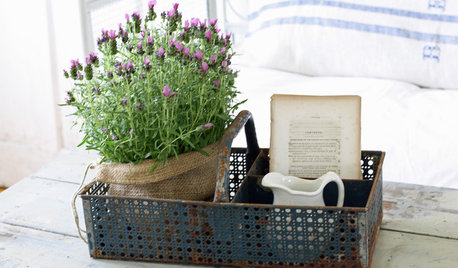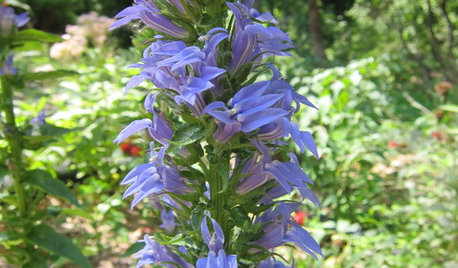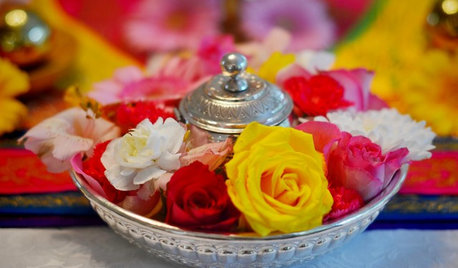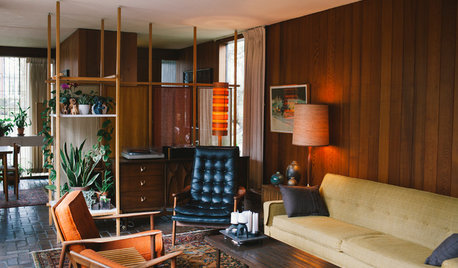Why do some growers prefer to keep plants root bound?
exoticrainforest
13 years ago
Related Stories

HOUSEPLANTSOutsmart Winter — Make Houseplants of Your Garden Growers
No need to watch Jack Frost play Wreck the Rosemary. Bring your garden inside for the winter, using containers and these guidelines
Full Story
GARDENING GUIDESGreat Design Plant: Lobelia Siphilitica Keeps Its Cool
Great blue lobelia, a flowering native that prefers moist soil, adds a calming blue hue to the late-summer garden
Full Story
GARDENING GUIDESThe Beauty of Bare-Root Plants
Plant dormant trees and shrubs in fall using the easy, affordable bare-root method and enjoy beautiful results in spring
Full Story
PETSGarden Alert: 22 Plants to Keep Away From Pets
Avoid potential danger by keeping dogs and cats away from these landscaping and houseplant favorites
Full Story
FEEL-GOOD HOMERejuvenate Your Home With Deep-Rooted Traditions
Give the subtle energies and spiritual side of your home some attention, and watch newfound calm and beauty blossom
Full Story
ARTThe Beauty of Bonsai — Living Art, Rooted in Harmony
Create your own emblem of nature's balance with an art form dating back 1,000 years
Full Story
HOUZZ TOURSMy Houzz: A Northwest Home Honors Its Midcentury Roots
A couple embrace Scandinavian modern to preserve the integrity of their home, built by midcentury architect Kenneth Brooks
Full Story
HOUSEPLANTSPlay Up Some Fiddleleaf Figs for a Lively Indoor Tune
Strike a dramatic chord in a minimalist scene or a country note in a rustic setting — fiddleleaf fig plants harmonize with any style
Full Story
GARDENING GUIDESHow to Keep Your Trees Healthy
Ensure your trees’ vigor for years to come with these tips for protecting roots, watering effectively and more
Full Story
GARDENING GUIDESHow to Keep Your Citrus Trees Well Fed and Healthy
Ripe for some citrus fertilizer know-how? This mini guide will help your lemon, orange and grapefruit trees flourish
Full StoryMore Discussions









rhizo_1 (North AL) zone 7
jane__ny
Related Professionals
Forest Park Landscape Architects & Landscape Designers · Horsham Landscape Architects & Landscape Designers · Lake Oswego Landscape Architects & Landscape Designers · Lowell Landscape Architects & Landscape Designers · Roosevelt Landscape Architects & Landscape Designers · Pottstown Landscape Contractors · Commack Landscape Contractors · Eureka Landscape Contractors · Fishers Landscape Contractors · Flagstaff Landscape Contractors · Holland Landscape Contractors · Lynchburg Landscape Contractors · Pacifica Landscape Contractors · Quartz Hill Landscape Contractors · Linton Hall Interior Designers & Decoratorsgreenman28 NorCal 7b/8a
exoticrainforestOriginal Author
exoticrainforestOriginal Author
paul_
linda_schreiber
sweet_chicken
exoticrainforestOriginal Author
jane__ny
meyermike_1micha
maxygolf
Tiffany, purpleinopp Z8b Opp, AL
birdsnblooms
tapla (mid-Michigan, USDA z5b-6a)